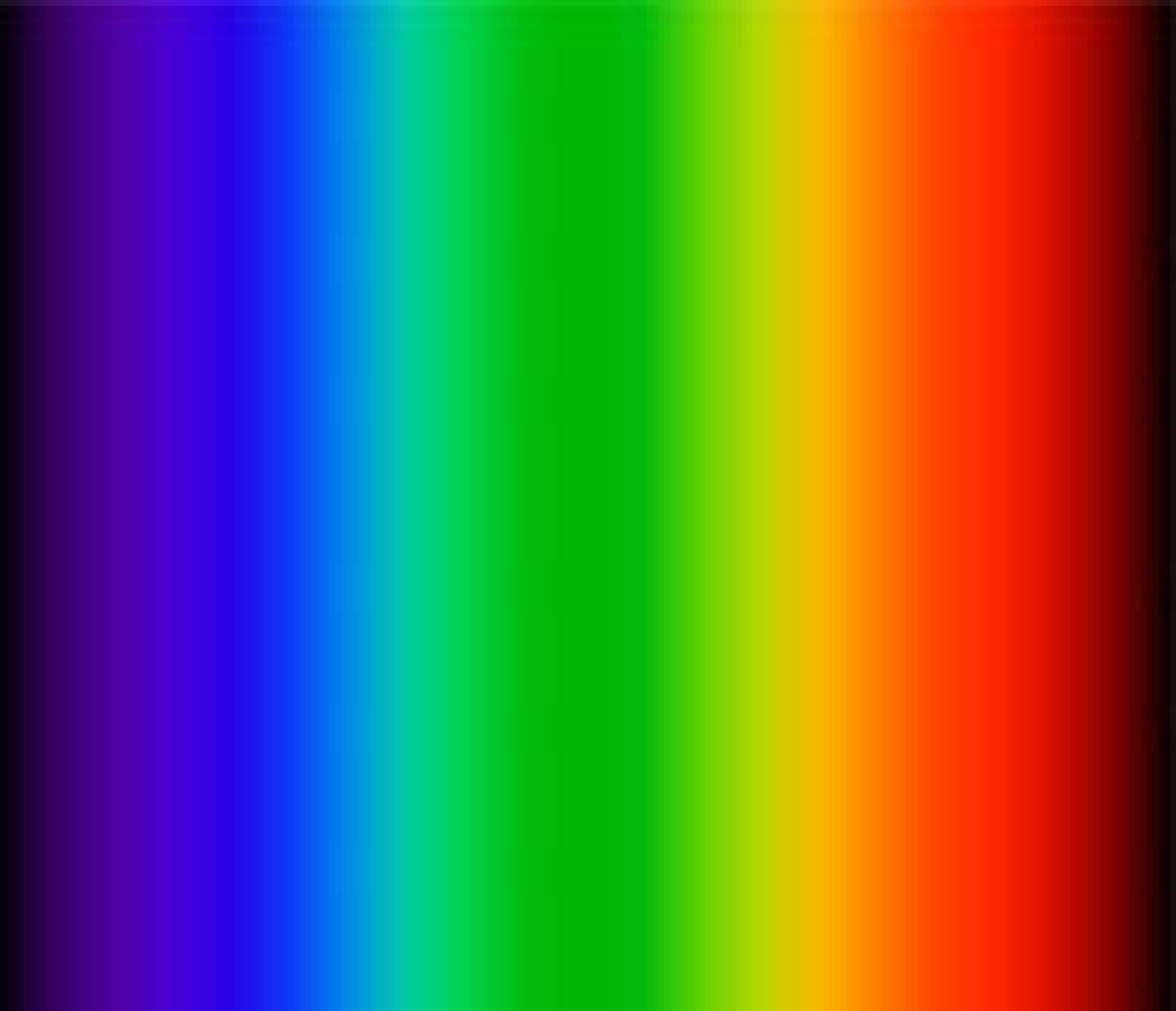The Visible and Non-visible Light Spectrum

As you can see from the illustration above, visible light is only a very small portion of all light waves. You may ask yourself why is it that we only see the "visible" portion of light? If you study the illustration above, you will see at the earth's surface almost all the wavelengths with any significant energy are visible (see the green peak). There are some very small amounts of ultraviolet and infrared wavelengths that are present. In some cases, insects and other animals have adapted to see with those wavelengths.
Read more about: Seeing Color
Bibliographic details:
- Article: Light Spectrum
- Author(s): Dr. Biology
- Publisher: Arizona State University School of Life Sciences Ask A Biologist
- Site name: ASU - Ask A Biologist
- Date published: 17 Dec, 2009
- Date accessed:
- Link: https://askabiologist.asu.edu/spectrum-light
APA Style
Dr. Biology. (Thu, 12/17/2009 - 12:33). Light Spectrum. ASU - Ask A Biologist. Retrieved from https://askabiologist.asu.edu/spectrum-light
Chicago Manual of Style
Dr. Biology. "Light Spectrum". ASU - Ask A Biologist. 17 Dec 2009. https://askabiologist.asu.edu/spectrum-light
Dr. Biology. "Light Spectrum". ASU - Ask A Biologist. 17 Dec 2009. ASU - Ask A Biologist, Web. https://askabiologist.asu.edu/spectrum-light
MLA 2017 Style

The visible light spectrum humans can see is only a small part of all light wavelengths.
Be Part of
Ask A Biologist
By volunteering, or simply sending us feedback on the site. Scientists, teachers, writers, illustrators, and translators are all important to the program. If you are interested in helping with the website we have a Volunteers page to get the process started.

